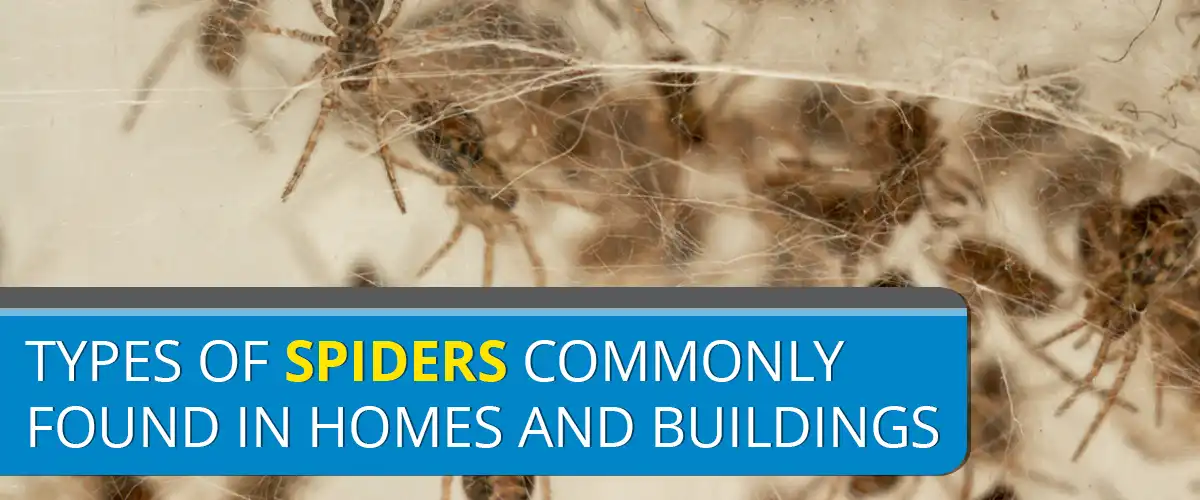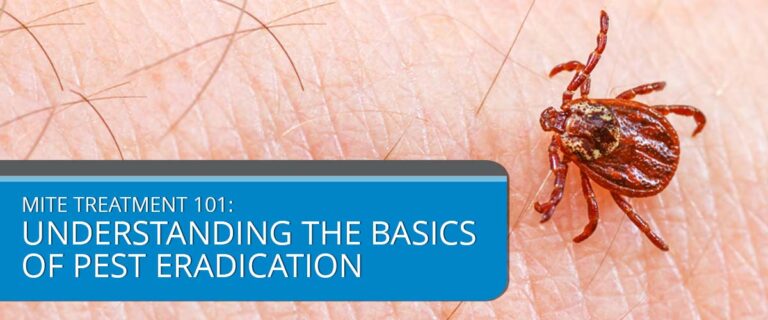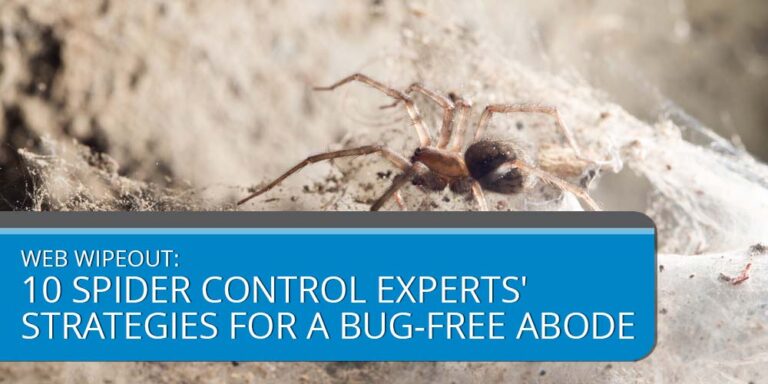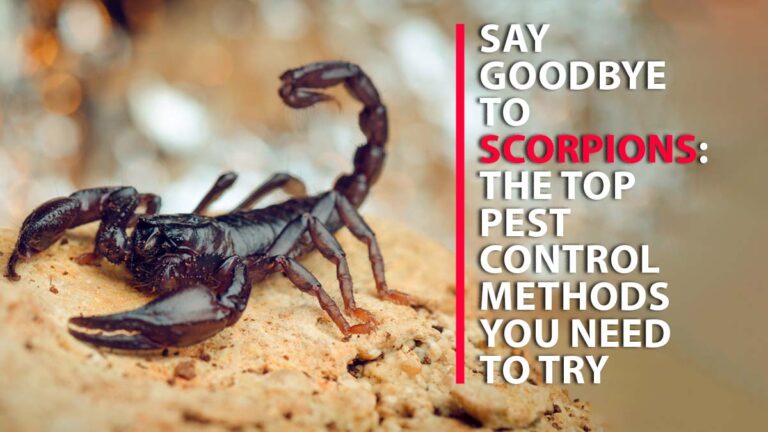Types of Spiders Commonly Found in Homes and Buildings
Have you ever wondered why spiders love making themselves home in our houses and buildings? Well, you’re not alone! These eight-legged creatures have a knack for finding their way into our cozy spaces. Spiders are familiar visitors to homes and buildings for several reasons. They are attracted to the shelter, warmth, and abundance of prey these environments provide.
Additionally, spiders can enter buildings through small cracks and openings, seeking refuge and suitable places to build their webs.
Moreover, identifying spider species is essential for several reasons. It helps determine whether a particular species is venomous and potentially threatens humans or pets. It also aids in understanding their behavior, habitat preferences, and the most effective methods for prevention and control.

Common Spiders in Home and Building
Let’s take a quick tour of the most common spiders in Oklahoma that may decide to set up camp alongside us in our homes and buildings. These web-spinning tenants come in various shapes and sizes, so let’s get acquainted with our eight-legged neighbors:
1. House Spiders
House spiders comprise several species commonly found indoors. These include the common house spider (Parasteatoda tepidariorum), the giant house spider (Eratigena atrica), and the domestic house spider (Tegenaria domestica).
House spiders are typically tiny to medium-sized and have a round or elongated abdomen. Cellar spiders exhibit a range of colors, spanning from pale yellow to brown, and they may display various markings or patterns on their bodies. Moreover, house spiders are known for building tangled, irregular webs in corners, windowsills, and other undisturbed areas.
2. Cellar Spiders
Cellar spiders, also known as daddy longlegs or long-bodied cellar spiders, belong to the Pholcidae family. Their long, skinny legs and small bodies recognize these spiders. They have a light brown or grayish color and often hang upside down in messy, cobweb-like webs.
People commonly find cellar spiders in damp areas such as basements, cellars, crawl spaces, and garages. They prey on other small insects, and people consider them beneficial because they help control populations of pests like mosquitoes and flies.
3. Black Widow Spiders
Black widow spiders are infamous for their venomous bite. The most common species is the southern black widow (Latrodectus mactans) found in North America. Female black widows are known for their shiny black bodies and red hourglass-shaped markings on the underside of their abdomens.
Black widow spiders prefer dark, secluded areas such as basements, crawl spaces, and cluttered places. They construct irregular webs close to the ground. Although black widow spider bites are rare, immediately, you should seek medical assistance because of the highly potent venom.
4. Brown Recluse Spiders
Brown recluse spiders (Loxosceles recluse) are another venomous species found in some areas of the United States. They are light to dark brown with a distinctive violin-shaped marking on their cephalothorax. The distinguishing characteristic of brown recluse spiders is their possession of six eyes instead of the typical eight, which aids in their identification.
These spiders prefer quiet, undisturbed areas such as closets, attics, and storage spaces. While brown recluse spiders are venomous, bites are rare, and most individuals do not experience severe symptoms. However, seeking medical attention if bitten is essential, especially if symptoms worsen significantly.
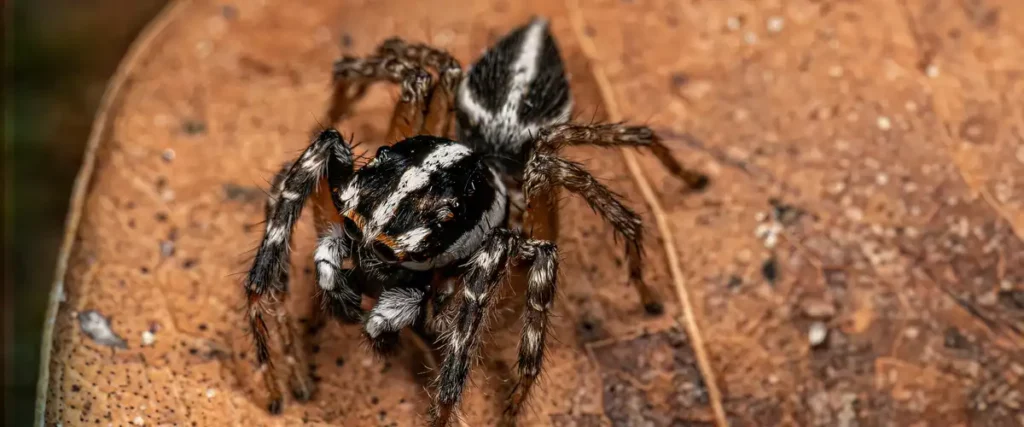
Other Types of Spiders
In addition to the house, cellar, black widow, and brown recluse spiders we’ve already covered, several other spiders may make themselves home in your humble abode. Now, let’s examine these arachnids more closely:
1. Jumping Spiders
These tiny acrobats are known for their incredible jumping abilities. They have compact bodies and large eyes and often come in vibrant colors. Jumping spiders are harmless to humans and beneficial as they help control other pests.
2. Wolf Spiders
Wolf spiders are robust and have excellent eyesight. They are usually brown or gray with unique markings on their bodies. While their large size may appear intimidating, they are typically non-aggressive and prefer to avoid human interaction.
3. Orb-Weaver Spiders
They are known for their intricate circular webs, which spin to catch their prey. Orb-weavers come in various sizes and colors but typically have a round abdomen and long, slender legs. They are generally harmless and contribute to pest control.

Potential Danger and Habitat Information
Meanwhile, most spiders found in homes and buildings are harmless to humans. They primarily feed on insects and serve as natural pest controllers. While they may cause a startle or mild discomfort, most spiders pose little to no threat to human health.
However, as we discussed earlier, it’s essential to exercise caution and be aware of potentially venomous spiders like black widows and brown recluses. If you suspect the presence of these spiders or encounter bites from any spider species that cause concerning symptoms, seek medical attention promptly.

Prevention and Control
A proactive approach is vital to preventing spider infestations and effectively managing their presence in your home. Implementing simple tips and best practices can minimize the likelihood of encountering unwanted eight-legged visitors. The following are some tips on how to prevent spider infestations:
- Keep your home clean and clutter-free, and seal any cracks or holes in walls or doors.
- Remove any webs or egg sacs around the house to deter spiders from making a home there.
- Installing screens on windows and doors is advisable to prevent spiders from entering.
- Use a natural spider repellent such as peppermint oil, vinegar, or citrus spray.
- Keep outdoor lights off or switch to yellow bulbs to attract fewer bugs, which will attract fewer spiders.
Best practices for removing spiders from homes and buildings:
- To remove spiders and their webs, utilize a vacuum cleaner equipped with a hose attachment. Ensure to throw away the vacuum bag’s contents or canister from your home.
- Catch the spider using a jar or other container and lid. Place the top over the container and take it outside to release the spider.
- Use sticky traps to catch spiders and other pests. Be sure to check and replace the traps regularly.
- Employ a reputable pest control business to eliminate infestations, especially if you have a severe problem that requires more than simple DIY methods.
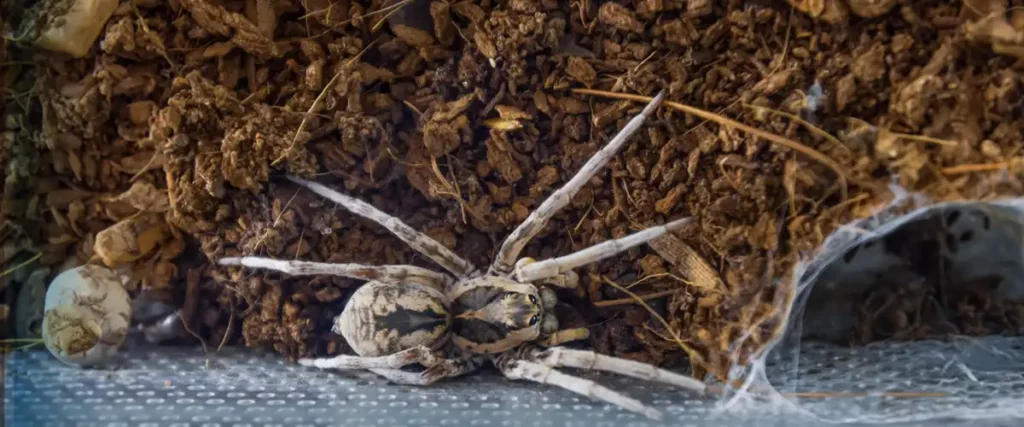
Arachnid Inhabitants Unveiled
Finally, it’s vital to summarize the key takeaways regarding common house spiders. Understanding their types, habits, and behaviors empowers homeowners to coexist harmoniously with these arachnids. By recognizing which spiders are harmless and which require caution, you can create a safer and more comfortable living environment.
Moreover, knowing your home’s spider inhabitants is about reducing fear and appreciating their role in natural pest control. This knowledge fosters a sense of responsibility for maintaining a balanced ecosystem within your walls.
Reference:
Mulder, P. (2017). Spiders: Brown Recluse, Black Widow, and Other Common Spiders. Retrieved from https://extension.okstate.edu/fact-sheets/spiders-brown-recluse-black-widow-and-other-common-spiders.html
Potter, M. F. (2018). Eliminating Spiders Around Homes and Buildings. Retrieved from https://entomology.ca.uky.edu/files/ef623.pdf

